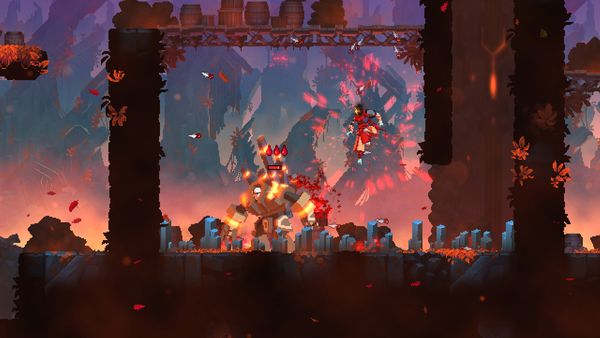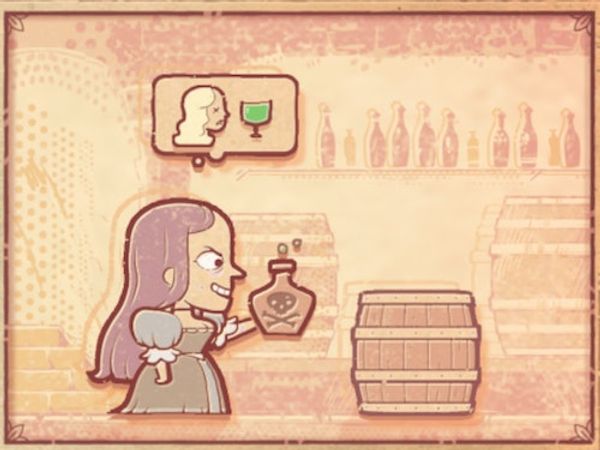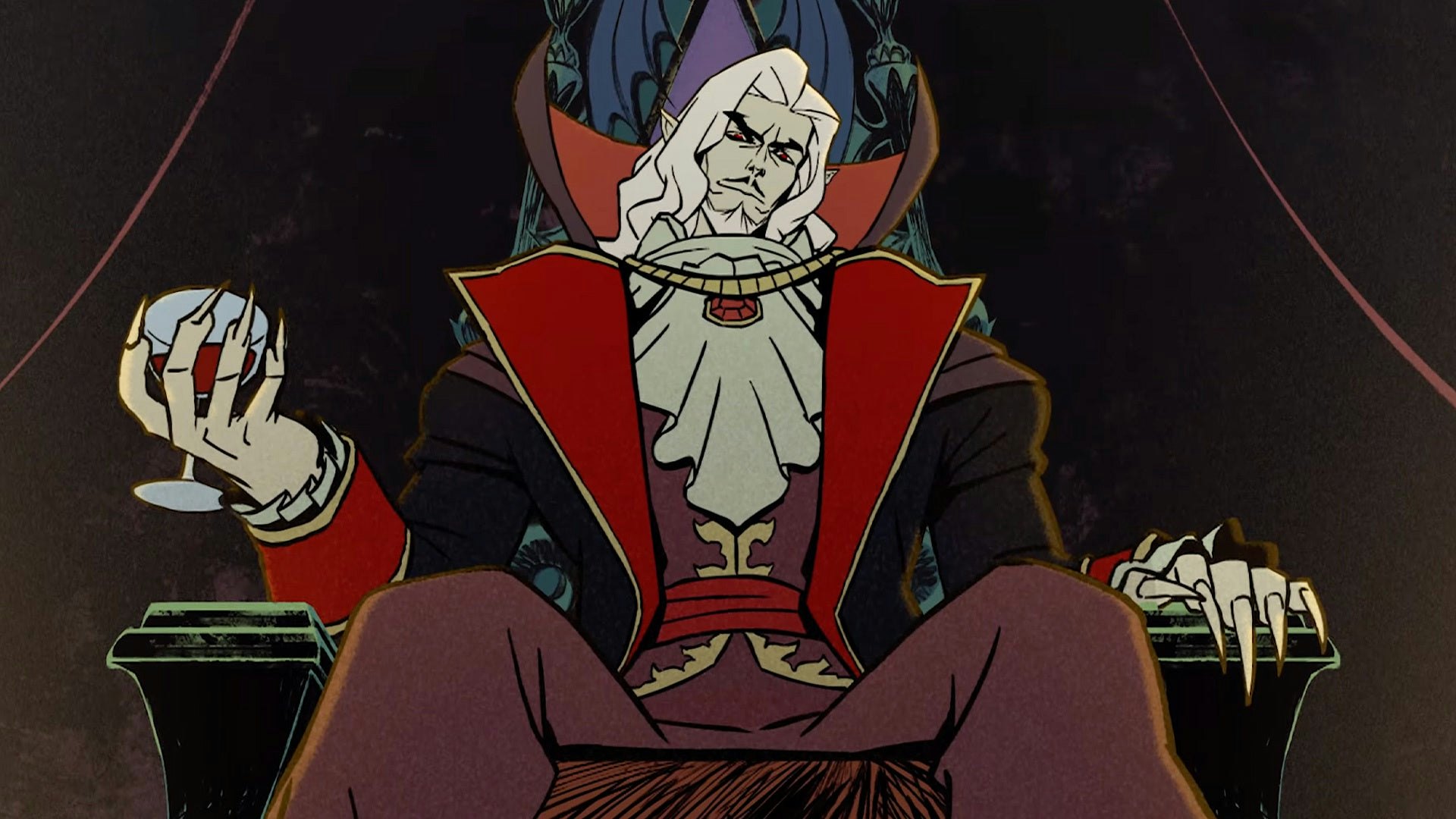
Love changes things. Maybe not overtly, but when we feel love for a franchise or artist or trend it takes away our objectivity. So whether a thing is true or not, our love sees it a certain way. We feel it. But how to express it? How can we create something that shows what we love to the world in a way that lets everyone see what we see? It’s a tall order, but Dead Cells has done it.
Dead Cells is without question among the best metroidvania/roguelite experiences of this generation. Developed by Motion Twin, it hooked players with innovative mechanics and a retro vibe. Now it’s partnered with Konami to release the Return to Castlevania DLC, but it's more than cosmetics. From the music and style to the items and enemies, Dead Cells: Return to Castlevania shows a love and understanding of this legendary franchise that makes it a must-play for fans.
Dead Cells was released in 2018 to near-universal acclaim. It’s the rare slash game (metroidvania/roguelite/soulslike) that pulls off a delicate balancing act of drawing elements from several genres into a cohesive experience that is both complex and intuitive.
Players take control of The Beheaded, a former corpse in the bowels of a dungeon who keeps fighting his way through undead hordes in an attempt to break free. There’s lots of hacking and slashing alongside tricky platforming and epic boss fights. You will get taken out, a lot. But it doesn’t mean game over; It’s all a fundamental part of this game’s design. Each run unlocks new potential paths through different biomes, so while you’re starting over, you’re not starting completely from scratch. A robust inventory system powered by a variety of vendors and skill unlocks will carry you through to the finish.
Its nuanced difficulty earned it high praise. Dead Cells has an average rating of 89 on Metacritic across all its platforms and took home the Best Action Game honor at the 2018 Game Awards. Yet it remains a title that, surprisingly, a lot of gamers have slept on despite the hype. The Return to Castlevania DLC has the potential to change that.
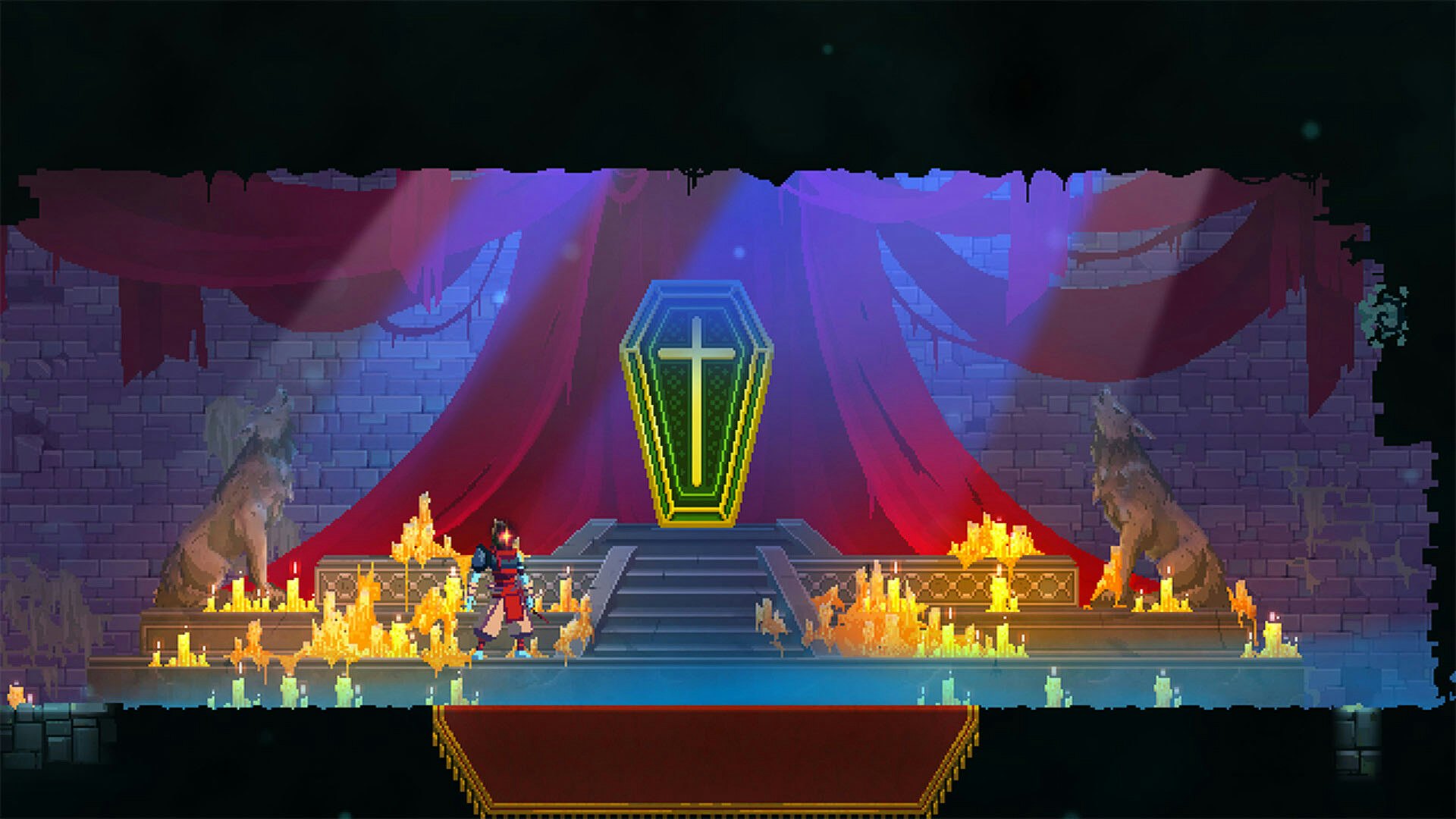
One thing you absolutely must check out from the DLC is the music. Composer Yoann Laulan deserves tons of credit for curating a list of amazing Castlevania tracks, plus a few covers that are absolute bangers. It really sets the tone for The Beheaded’s new adventures through the world of Castlevania.
It’s a world that, on paper, is at odds with what Dead Cells does. Dead Cells is all about procedural generation, so the biomes and levels are changing with each run. Anyone who’s played Castlevania knows that its approach to level design is all about detailed areas with hidden secrets and skill gating. Motion Twin applies the Castlevania formula to its procedurally generated approach, in essence building new maps each run that all still feel like an intricately-designed Castlevania game. Just like the music, the devs demonstrate an understanding of what makes Castlevania so special that can only be born from genuine admiration.
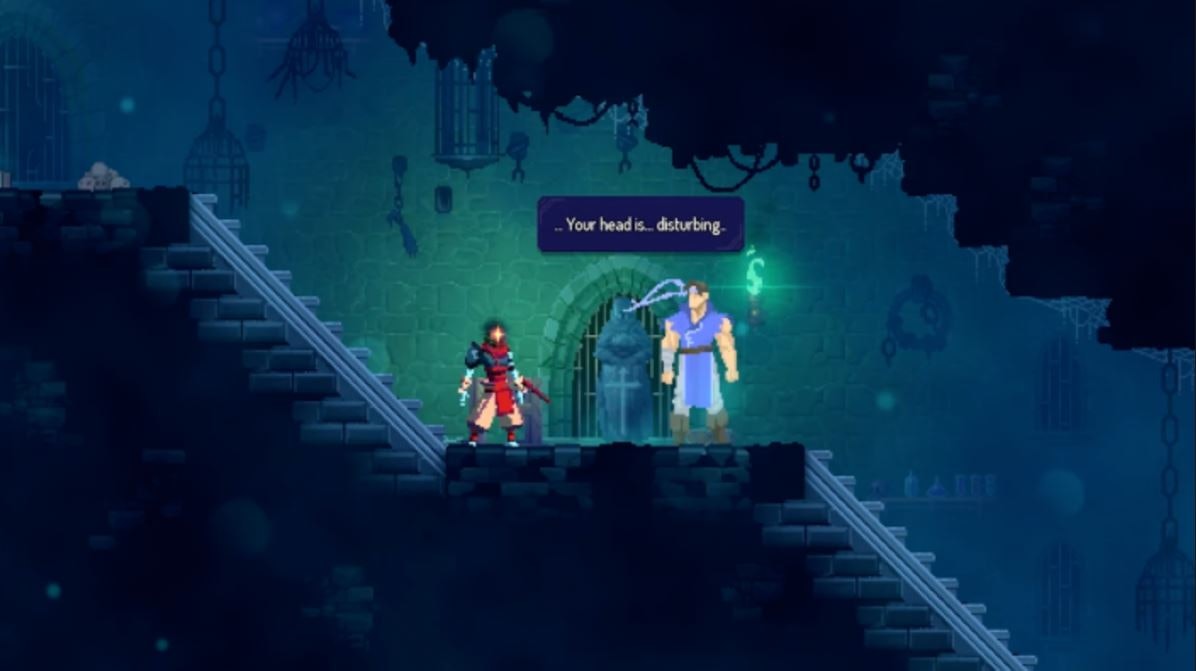
But what about the story? The action? The characters? A lot of this is what you’d hope for and expect to see.
The Beheaded enters the DLC after an encounter with Richter, who is also playable later in the story. The Big Bad is still Dracula, though some familiar mid-level bosses are in the mix. Alucard makes an appearance, too. Familiar weapons like the infamous Holy Water are part of The Beheaded’s arsenal now, and they can be upgraded as players progress through the game.
Motion Twin pulled off a mashup that manages to be more than the sum of its parts. Instead of a thinly-veiled excuse to drop cosmetics, which would have been the easy but still playable route, the Return to Castlevania DLC is a celebration of both titles.
It does what Dead Cells does best. It does what Castlevania does best. You simply need to play it.
Dead Cells and the Return to Castlevania DLC are available on Xbox Game Pass. It’s also for sale on Xbox, PC, PlayStation, and Switch.







